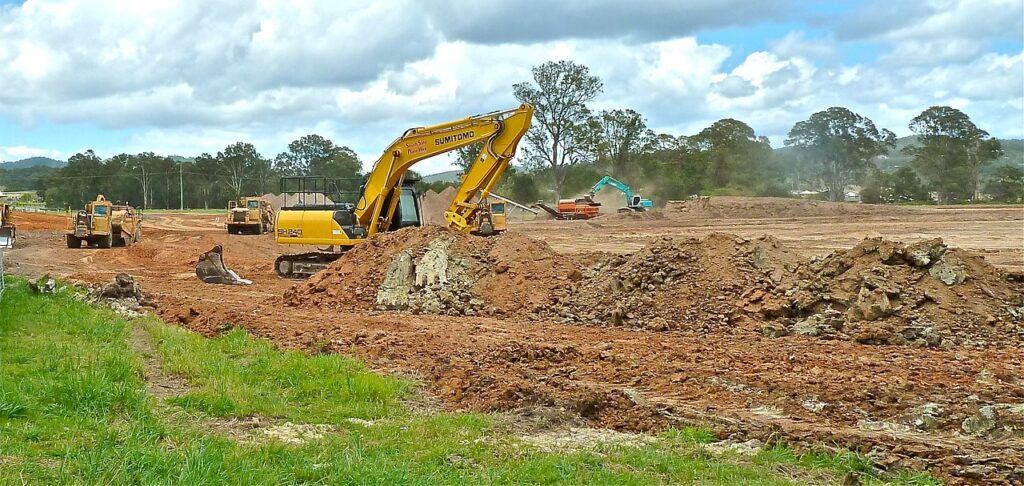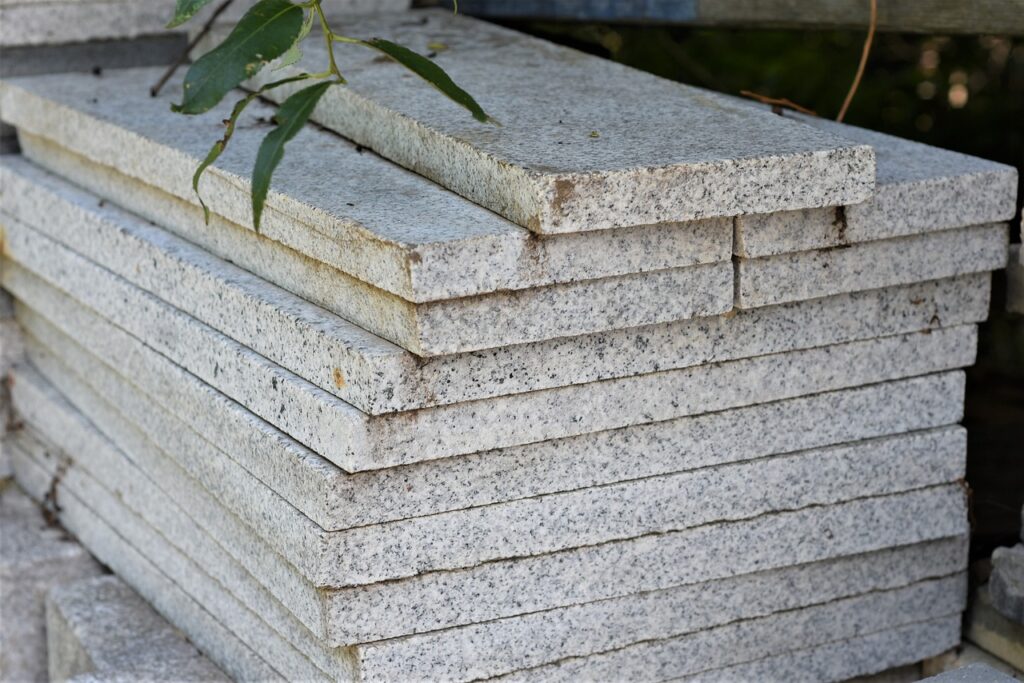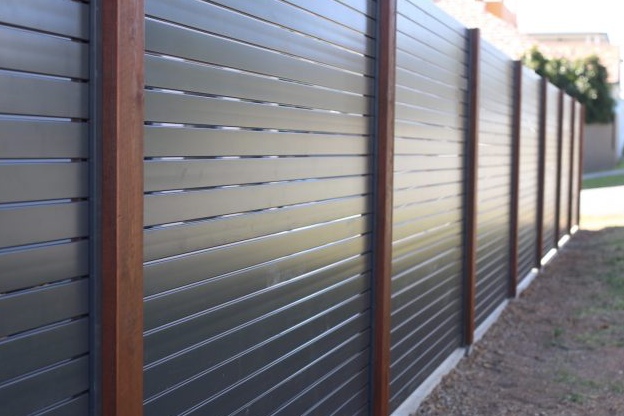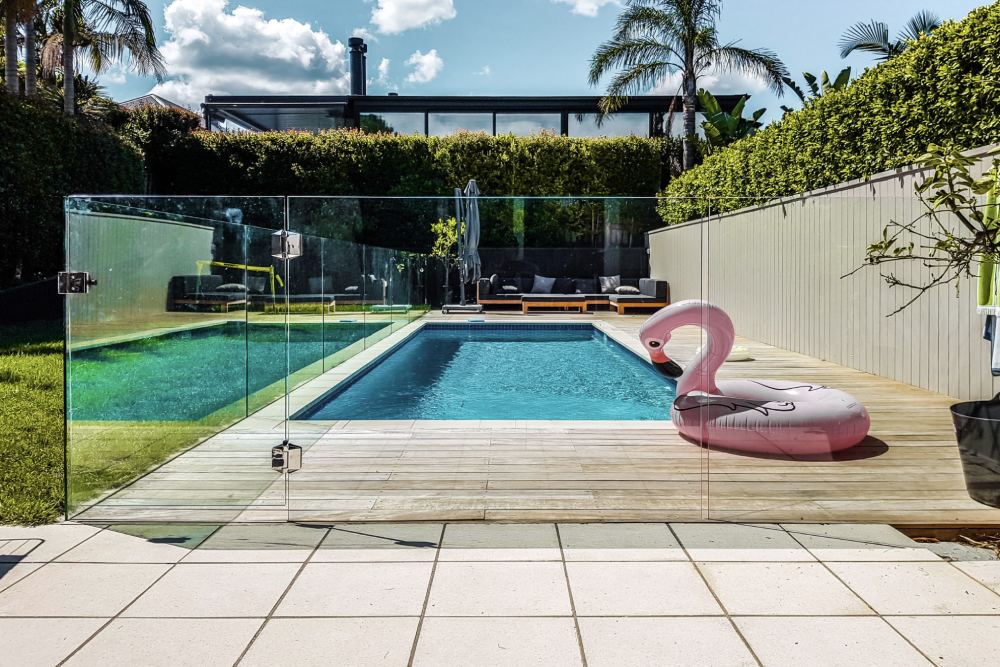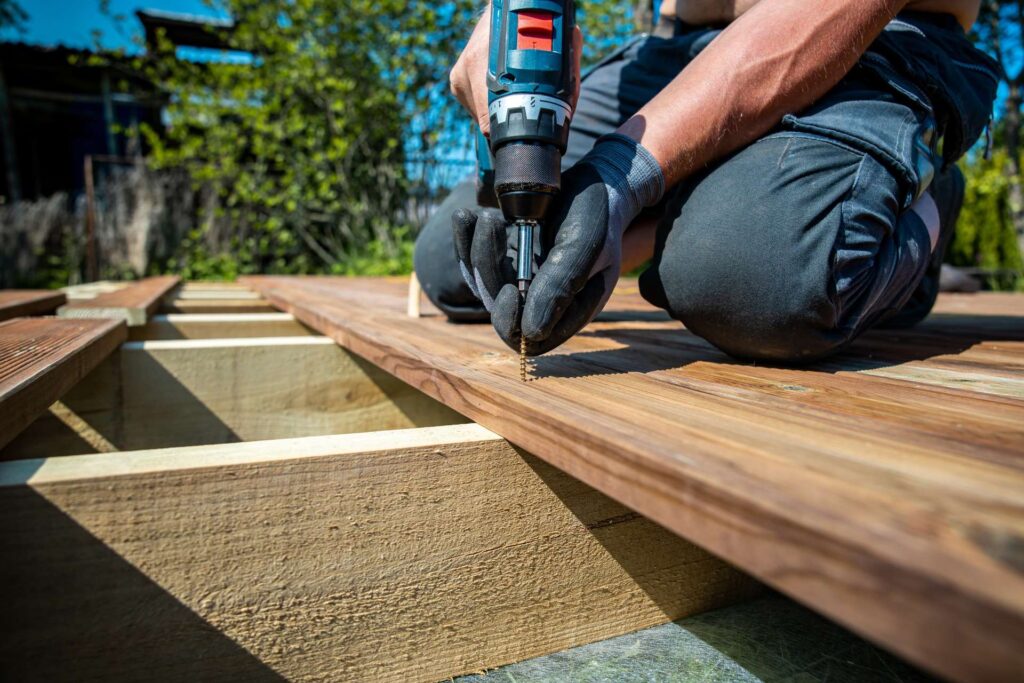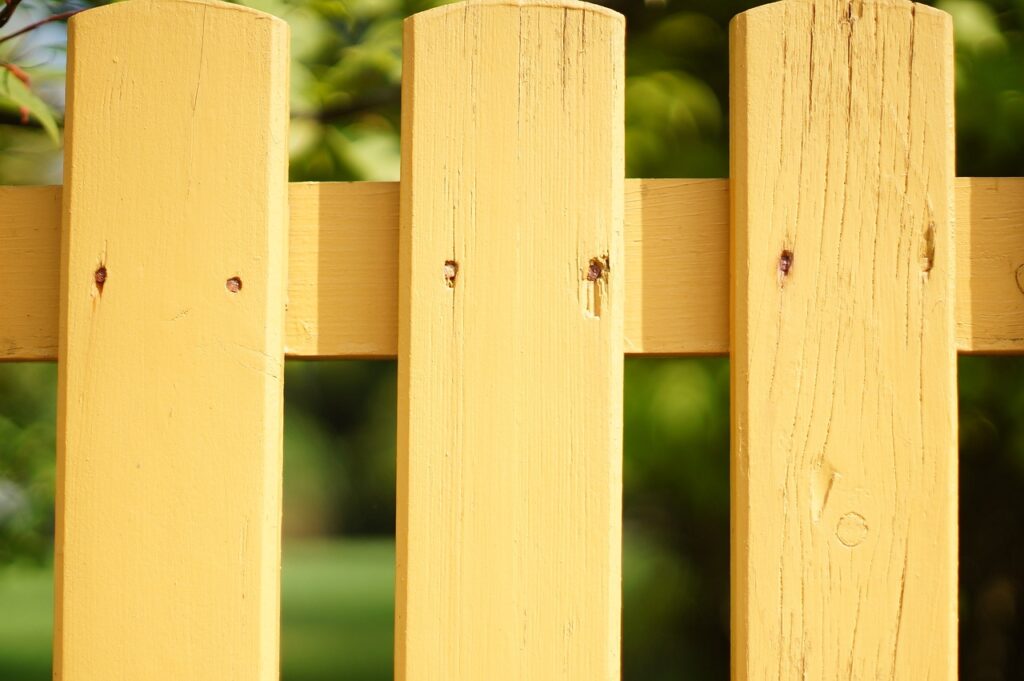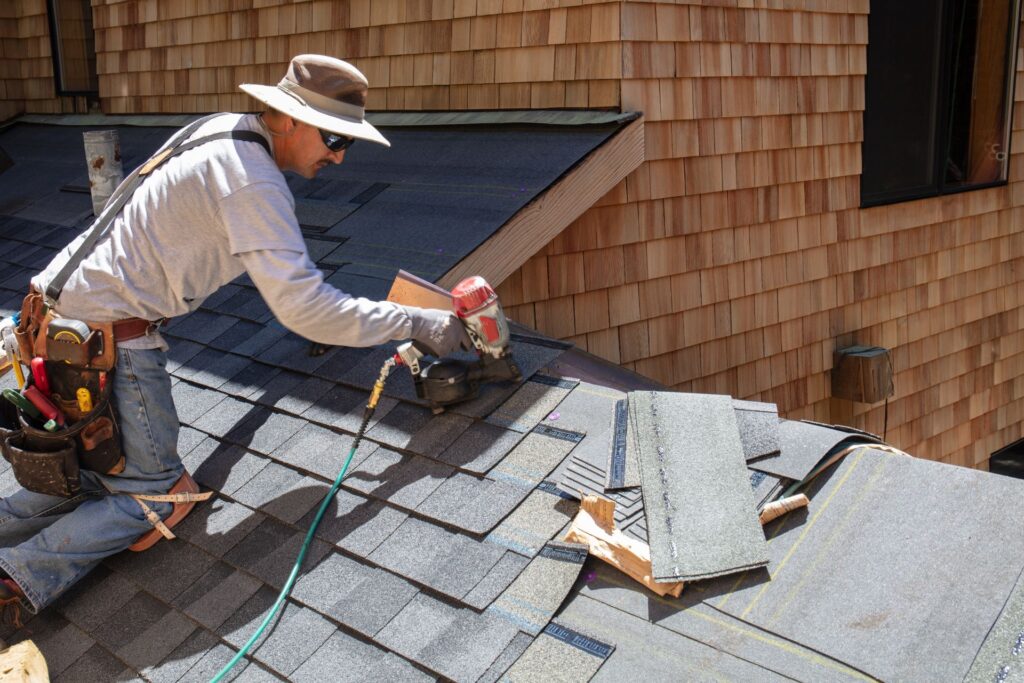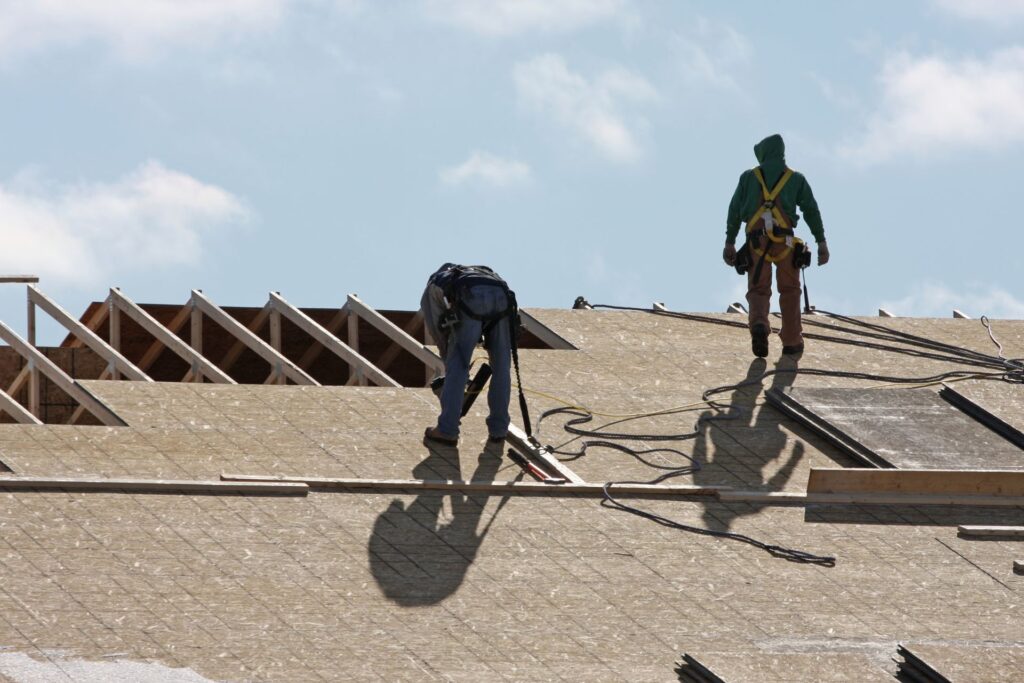Welcome to your ultimate guide on understanding the costs of a high-end kitchen renovation. Whether you’re dreaming of transforming your kitchen into a luxurious culinary space or simply curious about the investment required for top-tier materials and finishes, this guide will walk you through everything you need to know. Renovating a kitchen at the high end of the market involves more than just picking out beautiful countertops and state-of-the-art appliances; it’s about making informed decisions that balance aesthetics, functionality, and budget. In this post, we’ll explore the various factors that influence costs, what you can expect to pay for different elements, and how to ensure your dream kitchen not only meets but exceeds your expectations without unexpected financial surprises.
On average, a high-end kitchen renovation costs between $50,000 and $150,000, depending on the quality of materials, the extent of customization, and the complexity of the design. This investment reflects the use of top-tier materials, expert craftsmanship, and cutting-edge design, resulting in a kitchen that offers both exceptional functionality and lasting value.
- What Constitutes A High-End Kitchen Renovation
- Breakdown Of Costs In A High-End Kitchen Renovation
- Factors Influencing High-End Kitchen Renovation Costs
- Cost-Saving Tips Without Compromising Luxury
- Real-Life Examples And Case Studies
- FAQs: About High End Kitchen Renovation Cost
- Conclusion
- Find A Professional Kitchen Renovators Near You!
What Constitutes A High-End Kitchen Renovation
When we talk about a high-end kitchen renovation, we’re delving into the realm of luxury, where every detail is meticulously crafted to reflect both style and substance. But what exactly does “high-end” mean in the context of kitchen renovations? It goes beyond just upgrading appliances or installing new countertops—it’s about creating a space that exudes sophistication, functionality, and timeless appeal.
Defining High-End
A high-end kitchen renovation is characterized by the use of premium materials, cutting-edge technology, and custom designs that are tailored to the homeowner’s specific tastes and needs. This type of renovation is not just about improving the look of your kitchen; it’s about enhancing the overall experience of cooking, entertaining, and living in your home.
- Premium Materials: High-end kitchens often feature materials that are not only durable but also visually stunning. Think along the lines of marble countertops, hardwood flooring, and custom cabinetry made from exotic woods. These materials are selected for their quality, longevity, and the sense of luxury they bring to the space.
- Custom Cabinetry: Unlike standard kitchen renovations where off-the-shelf cabinets might be used, high-end kitchens typically involve custom cabinetry that’s designed to fit the space perfectly. These cabinets are often hand-crafted and may include unique finishes, intricate detailing, and smart storage solutions that maximize both form and function.
- High-Tech Appliances: Modern high-end kitchens are equipped with state-of-the-art appliances that make cooking and food preparation easier and more enjoyable. This could include smart refrigerators, induction cooktops, steam ovens, and built-in coffee machines, all seamlessly integrated into the kitchen’s design.
- Luxury Finishes: From polished chrome faucets to brushed nickel hardware, every finish in a high-end kitchen is chosen with care. These finishes not only contribute to the aesthetic appeal but also add a layer of sophistication and elegance to the space.
Elements of a High-End Kitchen
To truly capture what makes a kitchen renovation high-end, it’s essential to look at the individual elements that come together to create this luxurious space. Here are some key components that define a high-end kitchen.
- Custom Cabinetry and Millwork: The hallmark of a high-end kitchen is its cabinetry. Custom cabinetry offers endless possibilities in terms of design, finish, and functionality. Whether it’s floor-to-ceiling storage, concealed cabinets, or open shelving, the craftsmanship and attention to detail are paramount. Millwork, including crown molding and custom paneling, further elevates the kitchen’s aesthetic.
- State-of-the-Art Appliances: No high-end kitchen is complete without the latest in kitchen technology. Think appliances that not only perform exceptionally but also look the part. Brands like Sub-Zero, Wolf, and Miele are often the go-to choices for high-end kitchens. These appliances are designed to integrate seamlessly into the kitchen, offering features like smart connectivity, precision cooking, and energy efficiency.
- Luxury Countertops: When it comes to countertops, high-end kitchens often feature materials like marble, quartz, or even granite. These materials are chosen not just for their beauty but also for their durability. Marble, with its natural veining, offers a timeless elegance, while quartz provides a more consistent look with the added benefit of being non-porous and resistant to stains.
- Designer Fixtures and Fittings: The fixtures and fittings in a high-end kitchen are more than just functional—they’re a statement. Designer faucets, for instance, can serve as a focal point, adding a touch of luxury to the sink area. Similarly, custom hardware on cabinets can transform the overall look of the kitchen, making it feel more refined and cohesive.
- High-Quality Flooring: The choice of flooring can significantly impact the feel of a kitchen. In high-end renovations, natural materials like hardwood, stone, or even porcelain tiles are popular choices. These materials not only offer durability but also contribute to the kitchen’s overall aesthetic, tying the space together with warmth and texture.
- Advanced Lighting Solutions: Lighting in a high-end kitchen is both functional and decorative. From under-cabinet lighting that highlights the countertop surfaces to pendant lights that serve as a design feature above the kitchen island, advanced lighting solutions are integral to creating the right ambiance. Dimmable LED lights, task lighting, and statement chandeliers are just a few examples of how lighting can elevate the space.
Examples of High-End Features
To bring the concept of a high-end kitchen to life, let’s look at a few examples of features commonly found in these luxurious spaces:
- Custom-Made Range Hoods: In many high-end kitchens, the range hood is not just a functional piece but a design centerpiece. Custom range hoods made from materials like copper, brass, or stainless steel, often with intricate detailing, add a unique touch to the kitchen.
- Integrated Appliances: High-end kitchens often feature appliances that are seamlessly integrated into the cabinetry, creating a sleek, streamlined look. This could include a refrigerator with custom panels that match the cabinetry or a dishwasher that’s hidden behind a cabinet door.
- Butler’s Pantries: For those who entertain often, a butler’s pantry is a sought-after feature in high-end kitchens. This secondary kitchen space, often equipped with additional storage, a second sink, and even extra appliances, allows for meal preparation and cleanup out of sight, keeping the main kitchen pristine.
- Waterfall Countertops: A waterfall countertop, where the material continues down the sides of the island or counters, is a luxurious design feature that adds a dramatic effect to the kitchen. Often seen in materials like marble or quartz, this feature showcases the beauty of the stone and adds a touch of modern elegance.
These examples illustrate how high-end kitchen renovations go beyond mere upgrades—they transform the space into a functional work of art, where every detail is considered and crafted to perfection. The result is a kitchen that not only looks incredible but also enhances the homeowner’s lifestyle, offering both beauty and practicality in equal measure.
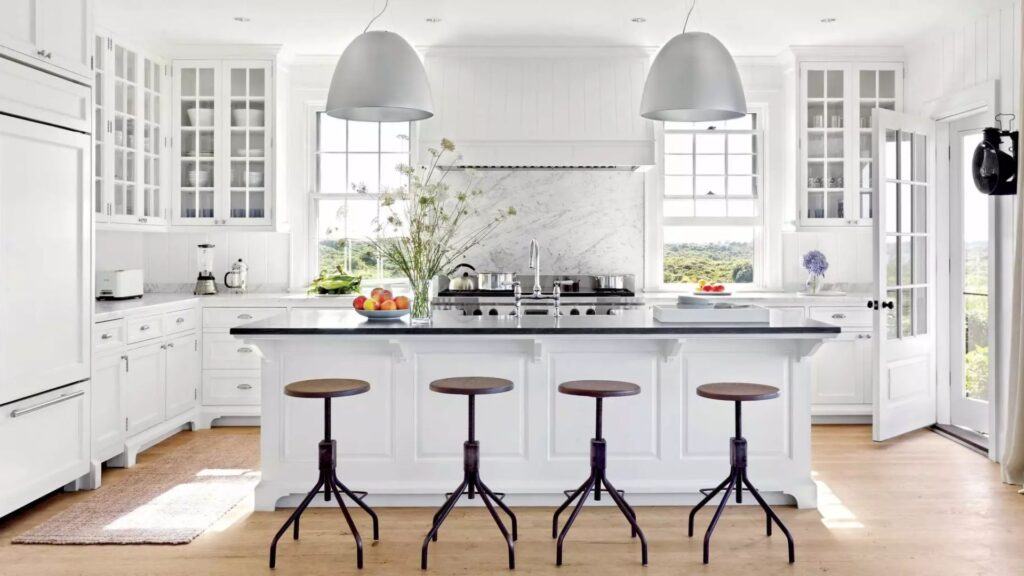
Breakdown Of Costs In A High-End Kitchen Renovation
When embarking on a high-end kitchen renovation, understanding the cost breakdown is crucial for planning and budgeting. Whether you’re aiming to create a luxurious culinary space or boost the value of your home, the investment can be substantial. Let’s dive into the key areas that contribute to the overall expense of a high-end kitchen renovation.
Materials Costs
Cabinetry
Cabinetry often takes up a significant portion of your kitchen renovation budget. Custom cabinetry is the gold standard in high-end kitchens, allowing you to tailor every detail to your preferences. This option, however, comes with a hefty price tag, typically ranging from $20,000 to $50,000 or more, depending on the complexity and materials chosen. Semi-custom cabinetry offers a middle-ground solution, providing some customization at a lower cost, usually between $10,000 and $25,000. Stock cabinets, while the most budget-friendly option, may lack the bespoke quality of custom pieces, costing between $5,000 and $15,000.
Countertops
Countertops are another focal point of a high-end kitchen. Premium materials such as marble, granite, and quartz not only elevate the aesthetic but also enhance durability. Marble, revered for its timeless beauty, can range from $100 to $200 per square foot installed. Granite, known for its unique patterns, is slightly more affordable, typically costing between $50 and $150 per square foot. Quartz, a popular choice for its low maintenance and variety of styles, falls in a similar range to granite. For those seeking even more exclusive options, materials like soapstone or onyx can push the cost higher.
Appliances
High-end appliances are the backbone of a luxury kitchen. Investing in top-tier brands like Sub-Zero, Wolf, or Miele can easily add $10,000 to $30,000 to your renovation costs. Built-in refrigerators, professional-grade ranges, and smart ovens not only offer superior performance but also contribute to the sleek, integrated look that defines upscale kitchens. The cost of appliances can vary widely depending on the features and finishes you choose, but in a high-end renovation, it’s common to allocate a substantial budget to this category.
Flooring
Flooring is another critical element where quality and style intersect. Luxury materials like hardwood, natural stone, or designer tiles set the stage for a sophisticated kitchen environment. Hardwood flooring, particularly exotic or reclaimed varieties, can range from $12 to $25 per square foot installed. Natural stone options like marble or travertine are on the higher end, with costs typically between $15 and $30 per square foot. Designer tiles, including hand-painted or mosaic designs, can vary greatly in price, often starting around $20 per square foot and going up from there.
Fixtures and Fittings
No high-end kitchen is complete without premium fixtures and fittings. High-end faucets, sinks, and hardware add the finishing touches that pull the design together. Expect to spend anywhere from $500 to $2,000 or more on a luxury faucet, with high-quality sinks adding another $1,000 to $3,000 to your budget. Custom hardware, such as handles and pulls, can also add a significant amount, with costs ranging from $50 to $200 per piece.
Labor Costs
Hiring Professionals
A high-end kitchen renovation requires the expertise of top-notch professionals. Hiring a skilled designer to craft your dream kitchen can cost anywhere from $5,000 to $20,000 or more, depending on their reputation and the complexity of the project. Contractors and specialists, such as electricians and plumbers, also command premium rates in luxury renovations. Expect to pay $50,000 to $100,000 or more in labor costs for a comprehensive kitchen overhaul.
Installation Costs
The installation of high-end materials and appliances is a precise and labor-intensive process. Cabinet installation alone can range from $5,000 to $15,000, depending on the customization level. Countertop installation, given the weight and fragility of premium materials, can add another $2,000 to $5,000 to your costs. Flooring installation, particularly for intricate designs or materials like stone, typically runs between $3,000 and $10,000. Installing high-end appliances, especially built-in models, can also be costly, with professional installation fees ranging from $1,000 to $3,000 per appliance.
Additional Costs
Permits and Inspections
Permits and inspections are essential components of any renovation, ensuring that your project complies with local building codes. The cost of permits can vary widely depending on your location and the scope of work, typically ranging from $500 to $2,000. Inspections, while often included in the permit fee, may also incur additional costs if multiple visits are required.
Unexpected Expenses
Even the most meticulously planned renovation can encounter unexpected expenses. It’s wise to set aside 10% to 20% of your total budget for unforeseen issues, such as structural changes, electrical upgrades, or the discovery of asbestos or mold. These contingencies can add thousands of dollars to your renovation costs, so it’s important to be prepared.
A high-end kitchen renovation is a significant investment, but with careful planning and a clear understanding of the costs involved, you can create a space that combines luxury, functionality, and timeless appeal.
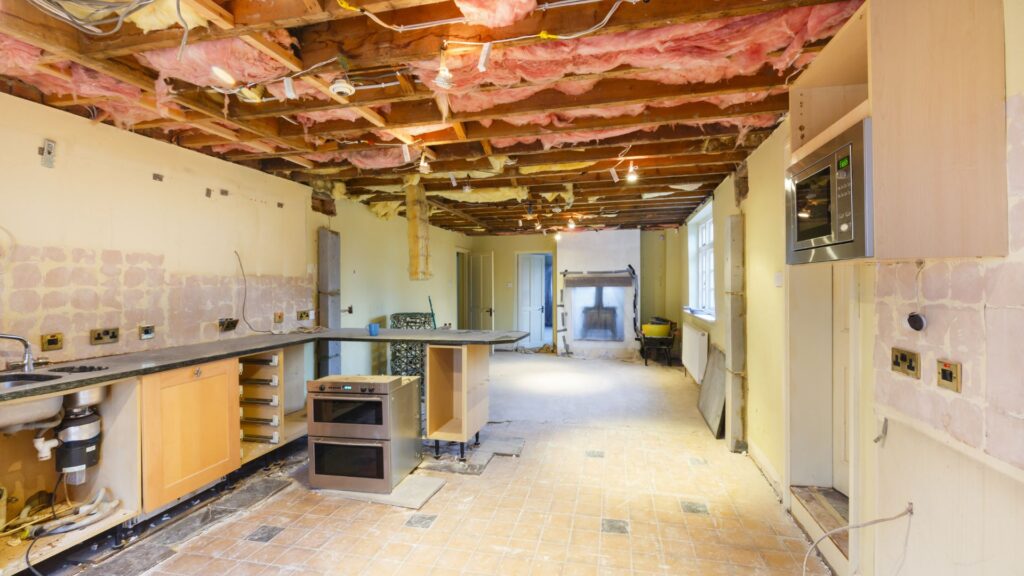
Factors Influencing High-End Kitchen Renovation Costs
When planning a high-end kitchen renovation, understanding the factors that influence the overall cost is essential. These factors can vary widely, depending on various aspects of the project. Here’s a closer look at some key elements that can significantly impact the final price tag.
Location
One of the most significant factors influencing renovation costs is the geographic location of your home. The cost of labor and materials can differ dramatically based on where you live. For instance, urban areas often have higher labor costs due to the increased demand for skilled tradespeople. In contrast, rural locations might offer lower labor rates, but this can be offset by higher transportation costs for materials. Additionally, some regions have access to a broader range of materials and suppliers, which can impact the price and availability of specific items. In New Zealand, for example, sourcing premium materials might be more expensive in remote areas due to shipping costs and limited availability.
Scope of Work
The extent of the renovation is another critical factor. A complete kitchen overhaul, where everything from plumbing to electrical systems, flooring, and cabinetry is replaced, will naturally cost more than a partial update. For example, simply replacing countertops and cabinets will be less expensive than a full renovation that includes structural changes, such as moving walls or altering the kitchen layout. The more extensive the scope, the higher the costs, as more labor, materials, and time are required. It’s important to have a clear vision of what you want to achieve with your renovation to accurately estimate the costs involved.
Customization Level
The degree of customization in your kitchen design can also significantly drive up costs. High-end kitchens often feature bespoke elements, such as custom cabinetry, unique layouts, or hand-crafted finishes. These custom features require specialized labor and materials, which can be more expensive than standard, off-the-shelf options. For example, opting for custom-built cabinets that perfectly fit your kitchen’s dimensions and style will be more costly than purchasing pre-fabricated units. Similarly, designing a kitchen with unique architectural elements, like an island with an unusual shape or integrated appliances, can add to the overall cost.
Choice of Materials
The materials you choose for your renovation play a crucial role in determining the final cost. Premium materials, such as high-end stone countertops, exotic wood cabinetry, or luxury flooring, can quickly escalate the budget. These materials not only come with a higher price tag but often require more specialized installation techniques, further increasing labor costs. Additionally, rare or imported materials might have longer lead times and higher shipping costs, which can also add to the overall expense. For instance, opting for a rare marble countertop that must be imported from overseas will be more expensive than choosing a locally sourced granite option.
Timeframe
Finally, the timeline for your renovation project can also influence costs. If you need the work completed quickly, you may incur higher labor costs, as contractors might need to work overtime or bring in additional crew members to meet your deadline. Rush jobs can also increase the cost of materials, as expedited shipping may be required to ensure everything arrives on time. On the other hand, if you have a flexible timeline, you might be able to take advantage of off-season discounts or wait for sales on materials, potentially reducing the overall cost. However, it’s essential to balance the desire for speed with the quality of workmanship; rushing a high-end renovation can lead to mistakes or compromises that might cost more in the long run.
Understanding these factors will help you make informed decisions and set a realistic budget for your high-end kitchen renovation. Each of these elements plays a crucial role in shaping the final outcome, both in terms of cost and the quality of the finished product. By carefully considering your location, the scope of work, customization options, choice of materials, and the project timeframe, you can create a stunning kitchen that meets your needs and fits your budget.
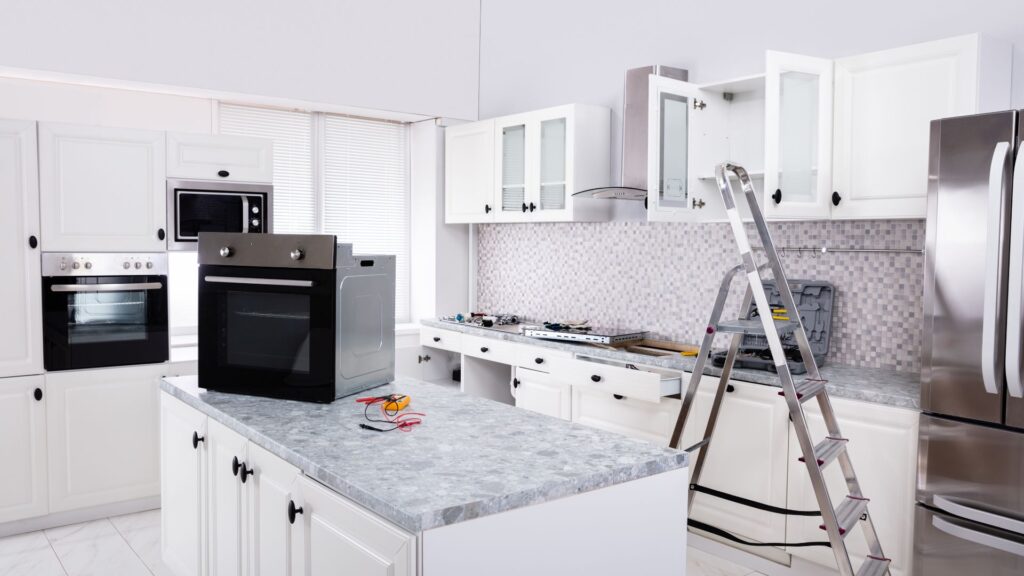
Cost-Saving Tips Without Compromising Luxury
When undertaking a high-end kitchen renovation, it’s easy to let costs spiral out of control. However, with careful planning and smart choices, you can achieve a luxurious look and feel without breaking the bank. Here are some practical cost-saving tips that ensure you get the best value without compromising on quality or style.
Prioritize Key Elements
One of the most effective ways to manage your renovation budget is by prioritizing the features that will have the most significant impact on both the functionality and aesthetics of your kitchen. For example, high-quality countertops and top-of-the-line appliances are investments that not only enhance your kitchen’s appearance but also its long-term value. Countertops like quartz or granite can serve as the focal point of your kitchen, offering both beauty and durability. Similarly, appliances are daily workhorses, so spending a bit more on energy-efficient, reliable brands will pay off in the long run.
Instead of spreading your budget thinly across every aspect of the renovation, allocate more funds to these key elements. This approach ensures that the most critical aspects of your kitchen stand out and provide lasting satisfaction.
Opt for Semi-Custom Solutions
While custom cabinetry and bespoke features might seem like the epitome of luxury, they often come with a hefty price tag. A savvy alternative is to blend custom and semi-custom options. Semi-custom cabinets, for example, offer a wide range of designs and finishes that can be tailored to fit your space and style at a fraction of the cost of fully custom options.
By mixing and matching, you can achieve a high-end look without the associated expense. Consider customizing just a few elements, such as the cabinet doors or the kitchen island, while using semi-custom solutions for the rest. This approach gives you the best of both worlds—personalization where it matters most and cost savings where it doesn’t.
Smart Shopping
Another key strategy for keeping costs down while still enjoying luxurious finishes is smart shopping. Look for opportunities to purchase high-end materials at discounted rates. End-of-season sales, clearance items, or overstock sales can be gold mines for finding premium items at lower prices. Additionally, consider visiting architectural salvage yards, where you can find unique, high-quality pieces that add character to your kitchen at a fraction of the retail price.
Don’t be afraid to negotiate or ask for discounts, especially if you’re buying multiple items from the same supplier. Sometimes, simply asking for a better price can yield significant savings.
Phased Renovation Approach
Renovating a kitchen is a substantial investment, and sometimes, it makes sense to spread the costs over time rather than completing the entire project at once. A phased renovation approach allows you to manage your budget more effectively while still achieving the high-end kitchen of your dreams.
Start with the most critical elements, such as structural changes, plumbing, or electrical work, and then move on to other areas like cabinetry, countertops, and flooring as your budget allows. This method not only helps you spread out costs but also gives you time to save for specific luxury features you may want to add later.
Moreover, a phased approach can reduce the financial strain and make the renovation process more manageable. It also allows you to live in the space and adjust your plans as you go, potentially saving you from costly changes down the line.
By carefully prioritizing key elements, opting for semi-custom solutions, shopping smartly, and considering a phased renovation approach, you can achieve a luxurious kitchen without overspending. These strategies ensure that your renovation reflects both your style and your budget, resulting in a space that is both beautiful and practical.
Return On Investment (ROI) For High-End Kitchen Renovations
When considering a high-end kitchen renovation, it’s essential to weigh the potential return on investment (ROI). This section delves into how such an investment can significantly enhance your home’s value, appeal to buyers, and provide long-term benefits that make it a smart choice for homeowners looking to upgrade.
Resale Value: Enhancing Your Home’s Worth
One of the most compelling reasons to invest in a high-end kitchen renovation is its positive impact on your home’s resale value. A beautifully designed, luxurious kitchen can be a major selling point, often commanding a higher price on the market. Potential buyers tend to view the kitchen as the heart of the home, and when that space is outfitted with top-tier appliances, custom cabinetry, and high-quality countertops, it creates a sense of luxury and comfort that can be hard to resist.
In many cases, homeowners who invest in a high-end kitchen see a substantial return when it’s time to sell. Depending on the market and the quality of the renovation, it’s not uncommon to recoup a significant portion of the renovation costs. In fact, studies have shown that kitchen renovations often yield one of the highest returns compared to other home improvement projects. A modern, upscale kitchen not only adds monetary value but also positions the home more competitively in the real estate market.
Buyer Appeal: Attracting the Right Buyers
A luxury kitchen doesn’t just add value to your home; it also increases its marketability. When buyers walk into a home and see a high-end kitchen, they often perceive the entire property as more desirable. This is because a well-appointed kitchen suggests that the rest of the home is equally well-maintained and thoughtfully designed.
For many buyers, the kitchen is a critical deciding factor in their purchase. A high-end kitchen equipped with state-of-the-art appliances, elegant finishes, and functional design elements can be the ultimate dealmaker. It attracts discerning buyers who are willing to pay a premium for a home that meets their high standards of quality and style. Moreover, luxury kitchens tend to photograph exceptionally well, making them a key feature in real estate listings and online marketing efforts, further enhancing the home’s appeal.
Long-Term Benefits: A Worthwhile Investment
Beyond the immediate financial and aesthetic benefits, a high-end kitchen renovation offers long-term advantages that make it a sound investment. High-end materials, such as marble countertops, custom hardwood cabinetry, and professional-grade appliances, are built to last. These elements not only stand up to the wear and tear of daily use but also maintain their appearance and functionality for many years, reducing the need for frequent repairs or replacements.
Furthermore, a high-end kitchen can improve your quality of life by offering superior functionality, energy efficiency, and ease of maintenance. Modern luxury kitchens are designed with the user in mind, incorporating thoughtful touches like smart appliances, efficient layouts, and ample storage, which enhance the cooking and dining experience.
In the long run, investing in a high-end kitchen can save you money and effort, as you’re less likely to face the ongoing costs associated with lower-quality materials and outdated designs. Plus, as trends evolve, a timeless, well-crafted kitchen can remain stylish and relevant, ensuring that your home retains its value over time.
By understanding these key aspects—resale value, buyer appeal, and long-term benefits—you can make an informed decision about investing in a high-end kitchen renovation. Not only does it have the potential to significantly increase the market value of your home, but it also offers enduring benefits that can enhance your living experience and future-proof your property.
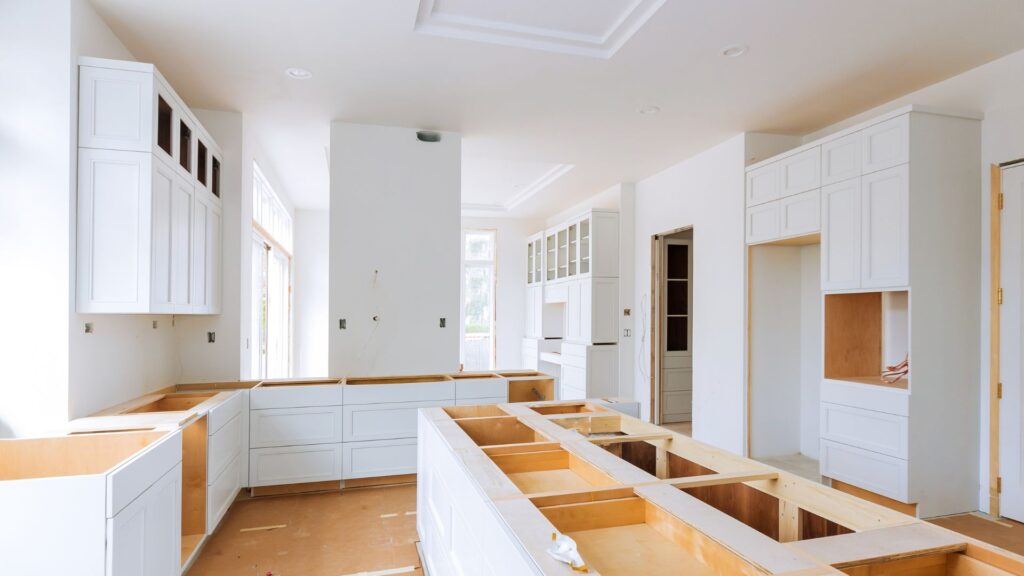
Real-Life Examples And Case Studies
When considering a high-end kitchen renovation, it’s essential to learn from real-life examples. These case studies provide a tangible sense of what can be achieved, the costs involved, and the materials that contribute to the final outcome. Below, we delve into two different kitchen renovation projects, each unique in style and focus, to showcase the diversity of high-end designs.
Example 1: Contemporary Elegance in the Heart of the City
This project involved a high-end kitchen renovation in a modern urban home, where the owners sought a sleek, contemporary design with a focus on functionality and luxury. The renovation budget was approximately $120,000, reflecting the premium materials and expert craftsmanship involved.
Materials Used
- Cabinetry: Custom-made, high-gloss lacquered cabinets with soft-close mechanisms. The cabinets were designed to maximize storage while maintaining a clean, streamlined look.
- Countertops: The choice of Calacatta Gold marble for the countertops added an element of luxury and sophistication. This premium material is not only visually stunning but also highly durable.
- Appliances: High-end appliances from brands like Miele and Sub-Zero were integrated seamlessly into the design. The owners opted for a built-in refrigerator, a high-performance induction cooktop, and a double wall oven to enhance the kitchen’s functionality.
- Lighting: A combination of recessed LED lights and a statement chandelier above the kitchen island created a perfect blend of ambient and task lighting.
Final Outcomes
The finished kitchen was a masterpiece of contemporary design. The sleek lines and minimalistic approach created a sense of space and openness, while the luxurious materials provided a sense of warmth and elegance. The homeowners were particularly pleased with the custom cabinetry, which offered ample storage without compromising the kitchen’s aesthetic. The kitchen became the centerpiece of the home, ideal for both daily use and entertaining guests.
Example 2: Rustic Charm in a Countryside Retreat
In contrast to the first example, this renovation focused on creating a high-end kitchen with a rustic charm, perfectly suited to a countryside home. The project had a budget of around $90,000, slightly less than the first example, yet still allowed for a high-quality finish.
Materials Used
- Cabinetry: Reclaimed wood was chosen for the cabinetry, providing a rustic, natural look. The wood was treated to ensure durability while maintaining its authentic character.
- Countertops: The countertops were made from soapstone, a material known for its beautiful, aged appearance and practical benefits, including resistance to stains and heat.
- Appliances: To maintain the rustic aesthetic, the homeowners selected appliances with a retro design but modern functionality. Brands like Smeg offered the perfect balance of style and performance.
- Lighting: Wrought iron fixtures and pendant lights added to the rustic charm, casting a warm, inviting glow over the kitchen.
Final Outcomes
The result was a kitchen that perfectly blended modern conveniences with rustic appeal. The reclaimed wood cabinetry and soapstone countertops provided a tactile connection to the past, while the retro-style appliances ensured the kitchen was up-to-date in terms of performance. This kitchen became the heart of the home, a warm and inviting space where the family could gather.
Lessons Learned
Both of these examples highlight the importance of aligning your kitchen renovation with your personal style and the overall aesthetic of your home. Whether you prefer the sleek lines of a contemporary design or the warmth of a rustic retreat, the key is to invest in high-quality materials and skilled craftsmanship. Additionally, thoughtful integration of lighting and appliances can significantly enhance both the functionality and visual appeal of your kitchen.
When planning your high-end kitchen renovation, consider these takeaways.
1. Prioritize Quality: Invest in premium materials and skilled professionals to ensure a long-lasting and beautiful result.
2. Align with Your Home’s Style: Your kitchen should complement the overall design of your home, whether it’s modern, rustic, or something else entirely.
3. Functionality Matters: While aesthetics are crucial, don’t overlook the importance of functionality. Your kitchen should be as practical as it is beautiful.
4. Personalization: Don’t be afraid to personalize your space. Incorporating unique elements that reflect your taste will make your kitchen truly yours.
By learning from these real-life examples, you can approach your kitchen renovation project with confidence, knowing that the right choices can lead to a stunning and functional space that adds value to your home.
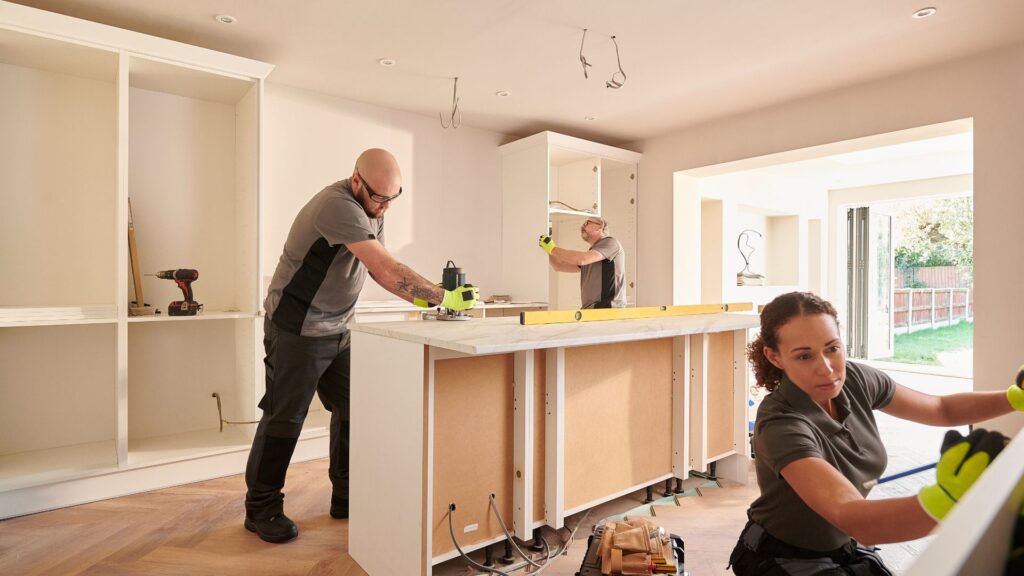
FAQs: About High End Kitchen Renovation Cost
Conclusion
When considering a high-end kitchen renovation, it’s essential to keep in mind the various factors that can influence the overall cost, such as the choice of materials, the scope of the renovation, and the level of customization. We’ve explored how these elements, along with labor and geographic location, play a crucial role in determining the final price tag. As you plan your dream kitchen, it’s important to align your budget with your personal style and functional needs, ensuring that every dollar spent adds value to your home and enhances your daily life. We encourage you to take these insights to heart as you embark on your renovation journey, keeping your unique vision at the forefront. If you have any questions, experiences to share, or need professional guidance, don’t hesitate to reach out or leave a comment below.
Find A Professional Kitchen Renovators Near You!
- Kitchen renovations Alexandra
- Kitchen Renovations Alexandra, Clyde & Cromwell
- Kitchen Renovations Central Otago
- Kitchen Renovations Christchurch
- Kitchen Renovations Clyde
- Kitchen renovations Cromwell
- Kitchen Renovations Hamilton
- Kitchen Renovations Hastings
- Kitchen Renovations Hawkes Bay
- Kitchen Renovations Kerikeri
- Kitchen Renovations Napier
- Kitchen Renovations Paihia
- Kitchen Renovations Queenstown
- Kitchen Renovations Wanaka
- Kitchen Renovations Wellington
- Kitchen Renovations Wellington
About the Author:
Mike Veail is a recognized digital marketing expert with over 6 years of experience in helping tradespeople and small businesses thrive online. A former quantity surveyor, Mike combines deep industry knowledge with hands-on expertise in SEO and Google Ads. His marketing strategies are tailored to the specific needs of the trades sector, helping businesses increase visibility and generate more leads through proven, ethical methods.
Mike has successfully partnered with numerous companies, establishing a track record of delivering measurable results. His work has been featured across various platforms that showcase his expertise in lead generation and online marketing for the trades sector.
Learn more about Mike's experience and services at https://theleadguy.online or follow him on social media:




